Audi has unveiled the SQ7 TDI, the second diesel-engined S SUV model after the SQ5. With 435 hp and 900 Nm of torque from its new 4.0 TDI engine, Ingolstadt claims that the Audi SQ7 TDI is the most powerful diesel SUV on the market.
The biturbo V8 boasts a production world’s first in its “electric turbo” system. The electric powered compressor (EPC) augments the work of the two exhaust gas turbochargers, particularly in the lower engine speed range, providing for “extremely dynamic” off-the-line performance.
The electric turbo replaces the conventional exhaust-driven compressor and eliminates the associated lag in the process. That, plus the fact that 900 Nm is available between 1,000 and 3,250 rpm, makes extremely dynamic sound about right. Officially, the 0-100 km/h time is 4.8 seconds. There’s a “sporty, unmistakeable V8 sound” too. Audi claims six-cylinder fuel consumption, which stands at 7.4 litres per 100 km (13.5 km/l) in the NEDC.
This EPC is placed in the air path downstream of the intercooler, close to the engine. Because it does not require any exhaust-gas energy to develop boost, it can be used at any time, eliminating the traditional weaknesses of the classic turbo. Response time is 250 milliseconds, Audi says. Driven by a compact electric motor, its compressor wheel spins up to 70,000 rpm.
The power for the EPC, which reaches a maximum of 7 kW, is provided by a higher-powered 48-volt electrical subsystem to cope with the SUV’s electromechanical active roll stabilisation (EAWS) and EPC. The 48-volt lithium-ion battery mounted beneath the boot floor has a nominal energy content of 470 watt-hours and peak output of up to 13 kW.
A DC/DC converter connects the 48-volt and 12-volt electrical systems. Required energy is provided by a more powerful and efficient MOSFET (Metal Oxide Semiconductor Field Effect Transistor) generator. Now that EPC is in production, expect to see more VW Group products carry it in the future. The 4.2 litre V8 Porsche Cayenne S Diesel, perhaps?
The Audi valvelift system (AVS) is also making its debut in a diesel model. The inlet and exhaust cam shafts each have two cam contours per valve. On the inlet side, one cam contour supports starting off in conjunction with the EPC, while the other optimises cylinder filling and thus power at high engine speeds.
The AVS system on the exhaust side enables additional activation of the second turbo at higher loads and engine speeds. The TDI achieves its max output in this biturbo mode.
Other ingredients are an eight-speed tiptronic automatic transmission with paddle shifters, a self-locking centre differential at the heart of the quattro permanent AWD, electromechanical power steering, Audi drive select and adaptive air suspension with S-specific tuning. The standard wheels are 20-inch items on 285/45 tyres, with options up to 22 inches. Also optional are carbon fibre-ceramic brake discs.
Electromechanical active roll stabilisation (EAWS) was mentioned above. Here, a compact electric motor with a three-stage planetary gearbox separates the two halves of the stabiliser. On uneven roads, they are actively decoupled from one another, resulting in improved ride comfort. During sporty driving, the tubes are interconnected and twisted against each other to significantly reduce body roll and the tendency to understeer. The front and rear stabilisers can be adjusted independently of each other.
Compared with conventional hydraulic systems, the 48-volt-based system can develop more power, works faster and is activated even at low speeds. Because it requires no oil, EAWS is also maintenance-free and eco friendly, Audi says.
Exterior features that mark out an SQ7 include the radiator grille with an S-specific design at the bumpers, the side air inlets, mirror housings and door inlays in standard aluminium, and four rectangular tailpipes. LED headlamps are standard, with Audi’s Matrix LED items on the options list.
Inside, the top Q7 sports instruments with grey faces and white needles, special welcome screens and S badges. One can choose between five seats or seven. Twelve exterior colours are available, with the Singleframe grille and underbody guards in twilight grey matte, plus exclusive interior trim.
In the audio department, the top shelf item is the 1,920 watt Bang & Olufsen Advanced Sound System with 11 channels and 23 speakers. Four speakers installed in the A-pillars and driven via separate channels create a big virtual stage. A Bose Surround Sound system with 19 speakers is also available, as are two Android tablets docked in the backs of the front seats.
The second-generation Audi Q7, which underwent a successful diet programme that has yielded a 325 kg weight loss, was launched in Malaysia in November 2015. We get a sole 3.0 TFSI with a 333 hp/440 Nm supercharged V6 engine, good for 0-100 km/h in 6.3 seconds. We’ve driven the RM590k SUV, and you can read the test drive report here.
- Static photo, Colour: Sepang Blue
- Static photo, Colour: Sepang Blue
- Static photo, Colour: Sepang Blue
- Static photo, Colour: Sepang Blue
- Static photo, Colour: Sepang Blue
- Static photo, Colour: Sepang Blue
- Detail, Colour: Sepang Blue
- Detail, Colour: Sepang Blue
- Detail, Colour: Sepang Blue
- Luggage compartment, Colour: Sepang Blue
- Cockpit
- Detail
- Detail
- Interior
- Five link rear suspension with allwheel steering and electro-mechanical active roll stabilization
- Five link front suspension
- Drivetrain
- Drivetrain
- Drivetrain
Looking to sell your car? Sell it with Carro.

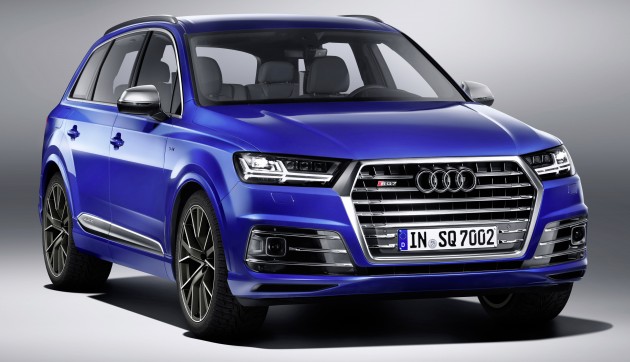



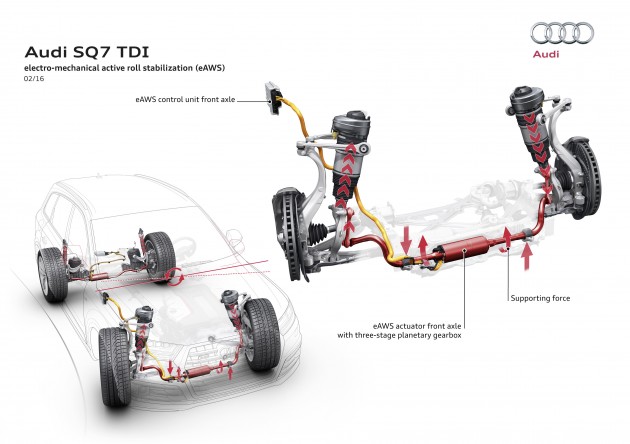
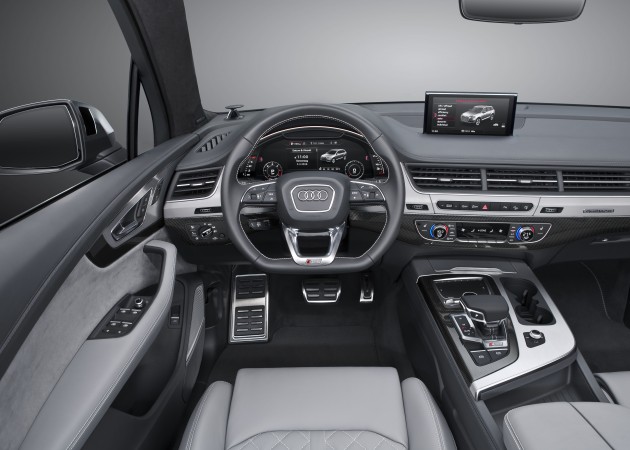
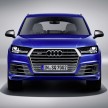
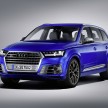
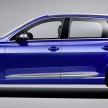
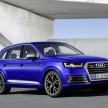
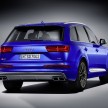
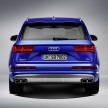
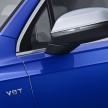
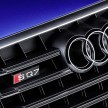
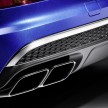
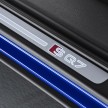
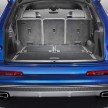
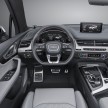
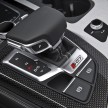
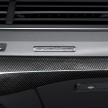
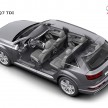
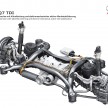
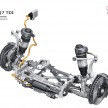
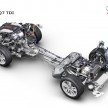
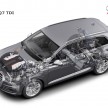
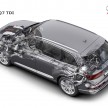





















A simple solution to manage turbo lag. Now, why didn’t anybody else implement this already?
Nothing better compares to Volvo XC90 T8
need to re-engineer a new 48 volt electrical system is simple ?
Q7 needs a facelift…
otherwise, an awesome piece of technology ,
I wonder if more 3rd party companies can produce their own bolt on EPCs in the future to retrofit into existing cars…
not buying this , my money is one volvo’s powerpulse system of compressed air instead of compounding 3-4 turbos
Qecil lacking spacious feel inside.
Huge, looking at numbers.
What’s the difference between an ‘electric turbo’ and a supercharger?
yup, was having the same question…
Turbo = using exhaust gas
Supercharger = using compressor driven by engine
Electric turbo = using compressor driven by electric motor.